Elephant walking – On the occasion of the 65th birthday of Encyclopaedia Cinematographica
A contribution to the World Audiovisual Heritage Day 2017
diesen Beitrag auf Deutsch lesen

An elephant walks from right to left.
This is the content of the first film of the Encyclopaedia Cinematographica (EC) which is celebrating its 65th birthday these days. The title of this film with the IWF signature E1, is „Elephas maximus – Walking“. And this is exactly what the film shows: an Asian elephant walks from right to left; first a male, then a female elephant. This simplicity amazes and fascinates the viewer at the same time. This objective minimalism is an expression of the central idea of Encyclopaedia Cinematographica, which was both a scientific method and a style-shaping design form. According to its founder Gotthard Wolf – who was also the founding director of the IWF Wissen und Medien (IWF) – the EC was intended to be a cinematic encyclopedia in which each entry consisted of a monothematic film on a given keyword (e. g. elephant walking).
Other early zoological EC films are „Bison bison – Walking“ and „Thalarctos maritimus – Walking„. This allows a comparison of the gaits of bison, polar bear and elephant. However, EC films were created not only in biology, but also in ethnology and technology in order to serve the comparative research of movement processes, phenomena and practices.

The monothematic nature of films allows them to be arranged as a matrix. In materials science, each row corresponds to one material and each column corresponds to a variable parameter. The material behavior during metal cutting can thus be compared among different materials as well as under different conditions such as cutting speed, cutting angle and thickness.
| chip thickness | cutting speed | angle | |
| Alloy AlCuMgPb | 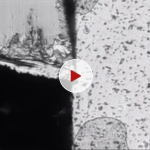
|
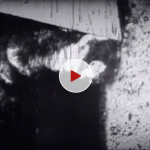
|

|
| Steel 16 MnCr 5 | 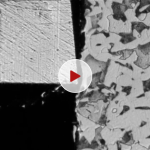
|
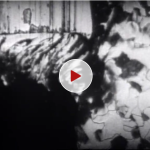
|
— |
| Steel C 45 W 3 | 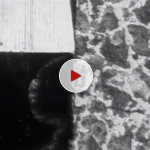
|
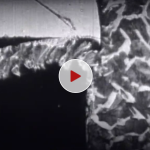
|

|
1,500 EC films have been produced for the subject of ethnology alone. In addition, there are other ethnological films from the IWF collection. It represents a production period of 100 years of ethnological film history, with the earliest examples from the beginning of the 20th century (e. g. Life among the Taulipang of Guiana – Film Documents from the Year 1911). Within this period the 1960s to 1980s were the most productive period.
In ethnology, certain processes and activities (e. g. bread baking or fishing) have been documented in different cultures in parallel. The thematic spectrum of ethnological films covers a wide range of topics: from material culture, economy, handicrafts and arts – especially music and dance – to customs, rituals, religion and medicine. The locations cover the whole globe, with pictures of different ethnic groups and ethnicities. In addition to European ethnology, the collection focuses on Africa (Chad, Ivory Coast), Asia (China), South America (Brazil) and Oceania (Papua New Guinea).
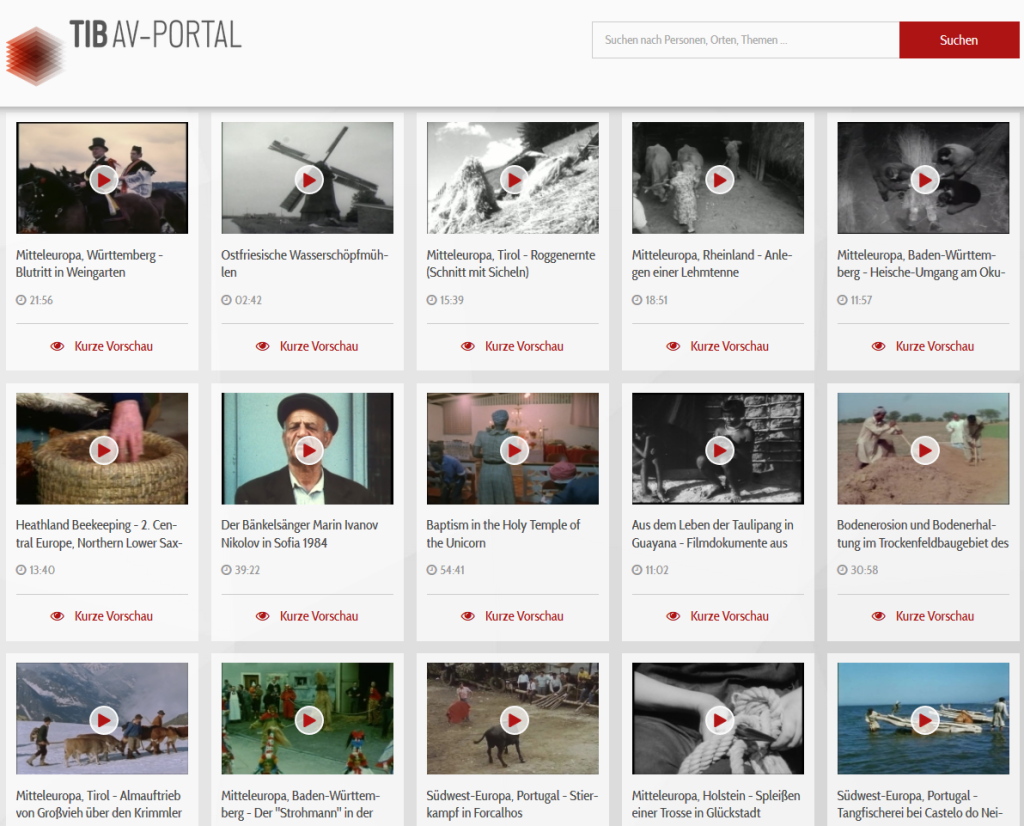
However, since many of these films are available only in analogue formats, only a small part of them is available in the AV-Portal. It is therefore all the more gratifying that this treasure trove of audio-visual heritage is now being digitized, indexed and – as far as legally possible – made available in the AV-Portal as part of the BMBF-funded project DELFT.
“ Discover, remember and share “ is the theme of this year’s World Day for Audiovisual Heritage that is celebrated today. Therefore, we would like to share the memory of the great undertaking of an Encyclopaedia Cinematographica and invite you to (re-)discover the EC.
... arbeitet im Kompetenzzentrum für nicht-textuelle Materialien (KNM).



